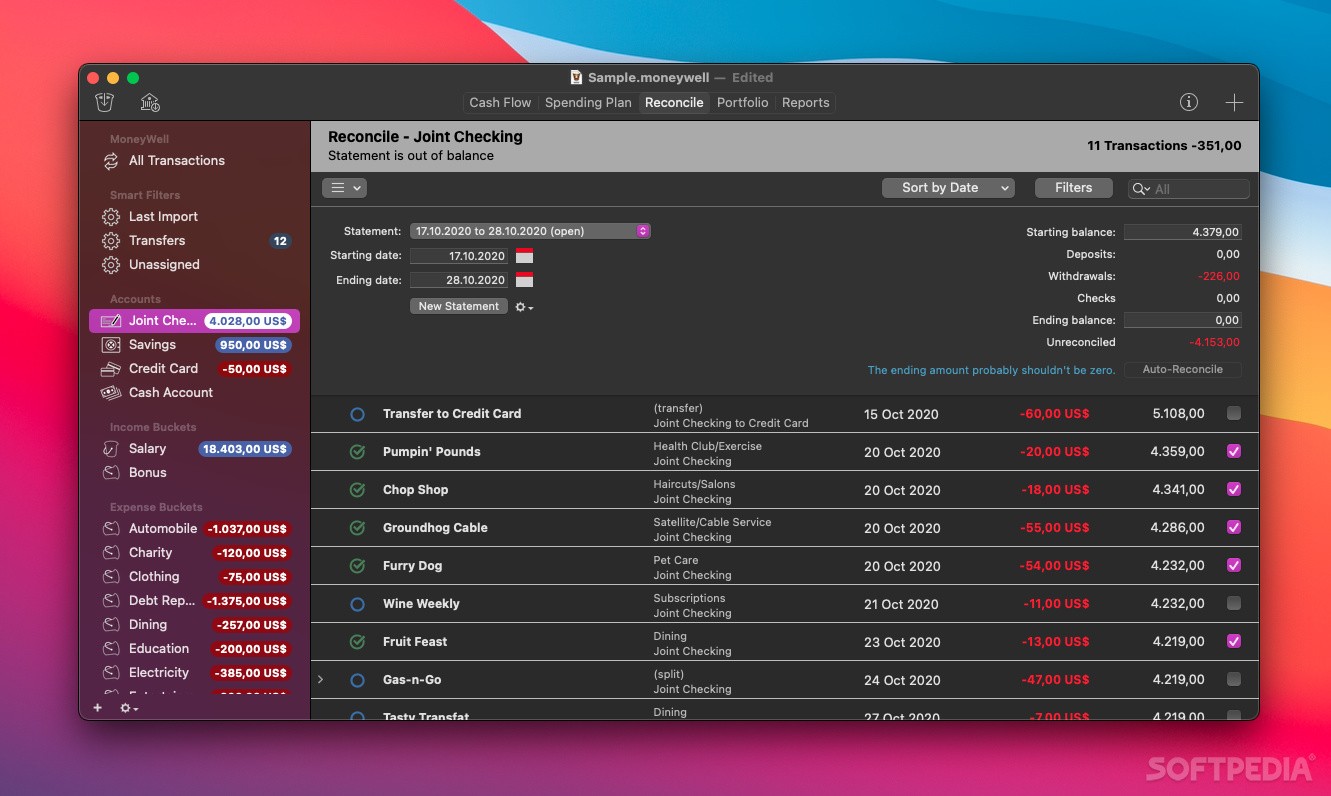

SECURITY MONEYWELL FULL
Workers who retire at full retirement age (67) can receive a maximum benefit of $3,627 per month, and those who retire at age 70 and beyond have a maximum benefit of $4,555.Īs for the average payments of recipients of Supplemental Security Income, these are around $600. The maximum benefit for those who retire at 62 years old is $2,572. Thanks to the 8.7% cost-of-living adjustment increase, average retiree payments rose to about $1,827, the SSA revealed in January. Monthly Social Security checks: How much will be sent in 2023? Here are the payments for the month of May. The SSA is also responsible for sending Supplemental Security Income benefits, disability and survivor benefits. I believe the steps you take today to bolster your organization’s security will reap enormous benefits in the long run.The Social Security Administration continues to send monthly benefits to retired workers in 2023.

The world grows more dependent on data with each passing day, and this trend isn’t going to slow down any time soon. This is another win-win: You get a more holistic review of your cybersecurity protocols from every level of the organization, and your employees know that their input is welcome and appreciated.Ĭybersecurity isn’t going anywhere. Your employees could uncover previously unaccounted concerns. Sometimes employees have a better view of a policy change than management because they see the affected systems more closely. Make it clear that if they have a concern about a cybersecurity policy they should air it. Cybersecurity is a top priority for nearly every company in today’s world, so your employees need to recognize this and make good practices part of their daily routines.īe sure to keep the lines of communication open with your employees. As a leader, it’s your job to influence your workforce and explain the reasoning behind changes. Give your IT security department the task of keeping things as simple as possible for employees, device policies, and any shadow IT concerns. I strongly believe that company culture plays a huge role in any given company’s data security. Your employees won’t need to fret over cumbersome IT security protocols, and the organization’s data is more secure. If you’re able to keep your cybersecurity processes as simple as possible, this is a win-win. Your employees need to understand potential threats and how their actions could compromise the entire organization. It’s important to ingrain cybersecurity into your company culture, and to do so effectively. If a backdoor isn’t readily apparent, they will often find a way to cut corners around the cybersecurity structures that frustrate them and slow down their workflows. If an employee feels restrained by cybersecurity policies and doesn’t recognize the importance of those policies, that employee is likely to disregard them to complete his or her work more efficiently. Most C-suite executives report that insider threats are their biggest area of concern, but it’s important to note that many data breaches caused by insider actions aren’t malicious-they are simply done out of error or frustration. One of the best tools at your disposal when it comes to assessing your cybersecurity needs is your ability to determine the likelihood of a threat. Only then can you work your way down the chain to the small fry. Your biggest threats need to be secured first. Brainstorm with these individuals to determine your organization’s most glaring or most easily exploitable weaknesses and prioritize them. Instead, consult with your organization’s cybersecurity experts and anyone else who has a hand in your company’s data and data security. When it comes to maintaining productivity, you may be tempted to scale back your cybersecurity policies in order to afford employees more breathing room.


 0 kommentar(er)
0 kommentar(er)
